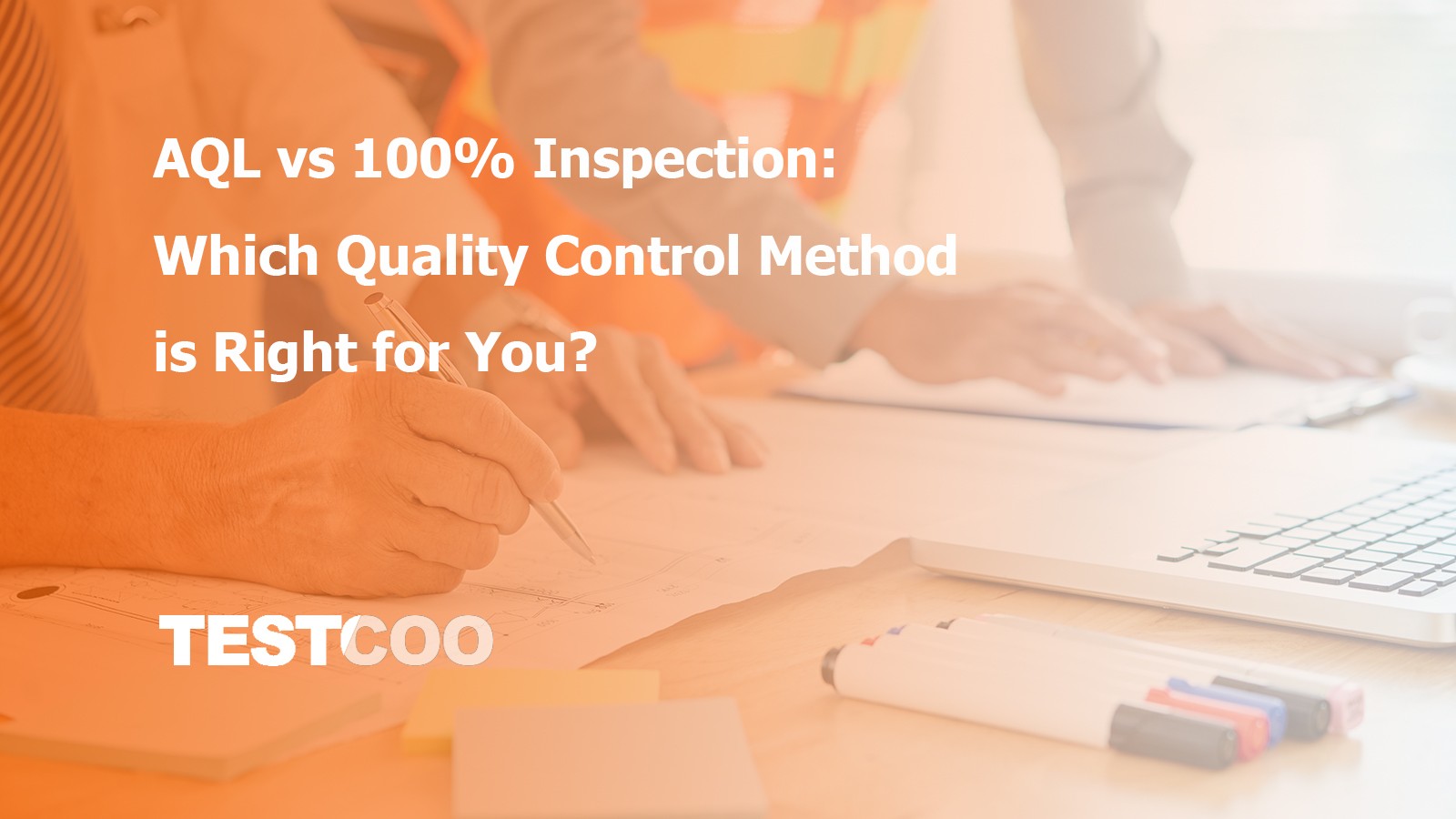AQL vs 100% Inspection: Which Quality Control Method is Right for You?
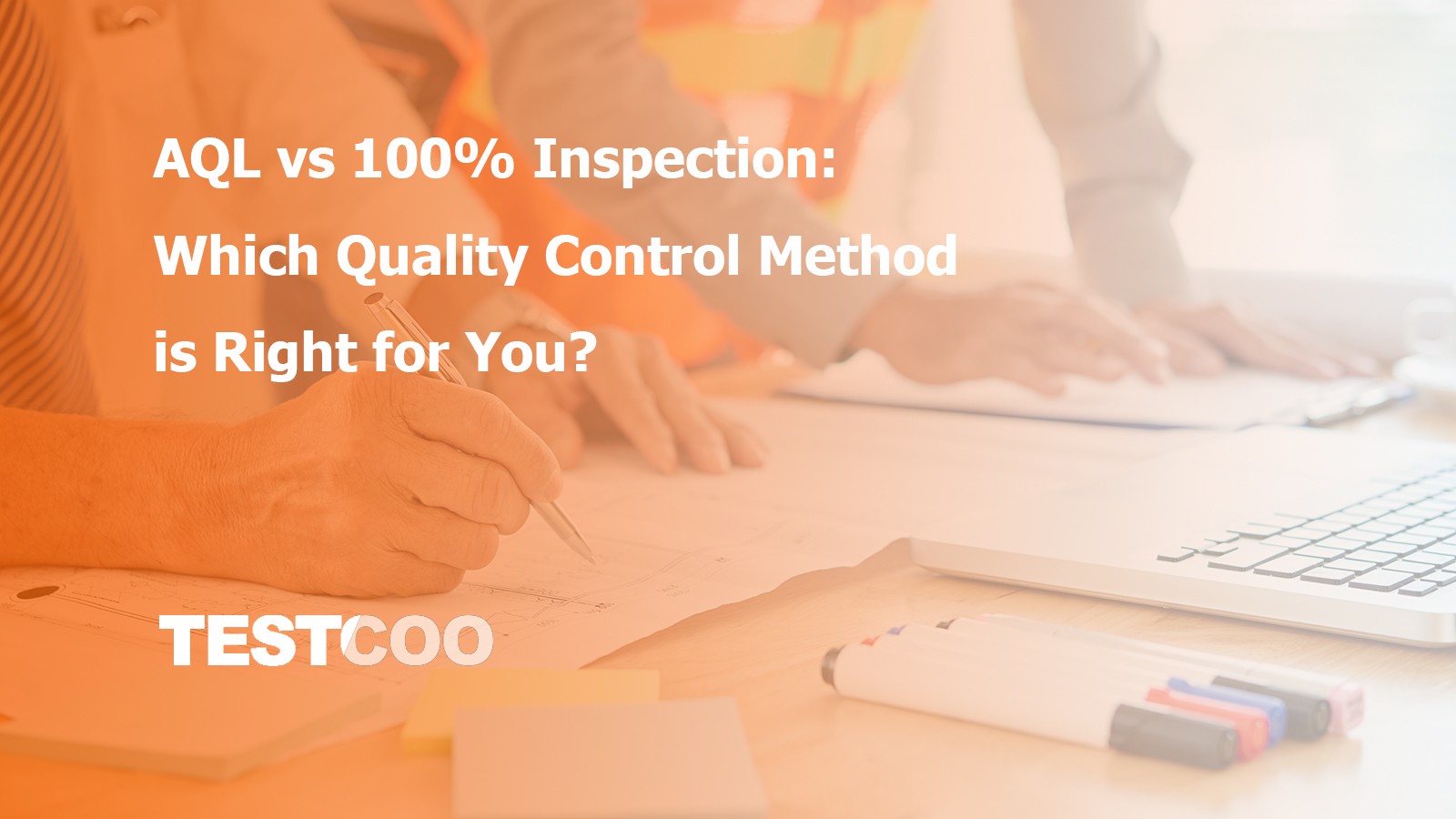
Quality control is a critical aspect of manufacturing and production that directly impacts customer satisfaction and brand reputation. Two prominent methods for ensuring quality are Acceptable Quality Level (AQL) and 100% inspection. Each has its advantages and disadvantages, making it crucial to understand which method aligns best with your business needs. In this blog, we’ll explore the fundamentals of AQL and 100% inspection, compare their effectiveness and help you determine the right quality control method for your organization.
Understanding AQL
What is AQL?
Acceptable Quality Level (AQL) is a statistical measurement used in quality control. It defines the maximum number of defective items considered acceptable in a batch of produced goods. AQL is often expressed as a percentage. For instance, an AQL of 2% means that out of 100 items, a maximum of 2 defective items can be considered acceptable.
How AQL Works
The process involves sampling a specified number of items from a production batch and inspecting them for defects. Depending on the number of defects found in the sample, the batch is either accepted or rejected. AQL is advantageous for businesses because it’s less time-consuming and resource-intensive than inspecting every single item.
Benefits of AQL
1. Resource Efficiency: Since only a sample of items is inspected, less time and labor are required, reducing costs associated with quality control.
2. Focus on Critical Defects: AQL enables manufacturers to concentrate on significant defects that may affect product performance rather than minor imperfections.
3. Optimization of Production: By implementing AQL, businesses can streamline their inspection processes, resulting in faster production cycles and improved efficiency.
4. Statistical Reliability: AQL is backed by statistical methods, providing a robust framework for decision-making regarding quality acceptance.
Read our complete guide to understand AQL in Product Inspections
Understanding 100% Inspection
What is 100% Inspection?
Unlike AQL, 100% inspection involves examining every single item produced in a batch. This method is aimed at ensuring that no defective products make it to the customer. While it seems comprehensive, it can be resource-intensive and time-consuming.
How 100% Inspection Works
In a 100% inspection process, each item undergoes a detailed evaluation against predetermined quality standards. This can include visual inspections, functional testing and measuring specifications. Each product must pass these inspections to be considered fit for distribution.
Benefits of 100% Inspection
1. Elimination of Defects: 100% inspection promises that only defect-free products reach customers, enhancing overall customer satisfaction.
2. Clear Accountability: With every item inspected, it's easier to trace defects back to the production source, allowing for targeted improvements in the manufacturing process.
3. Quality Assurance: This method can build strong brand trust, as consumers receive consistent quality in every product.
4. Reduced Risk: By inspecting every item, companies mitigate the risk of liability associated with defective products.
Read more: 100% Inspection Service Provider in China
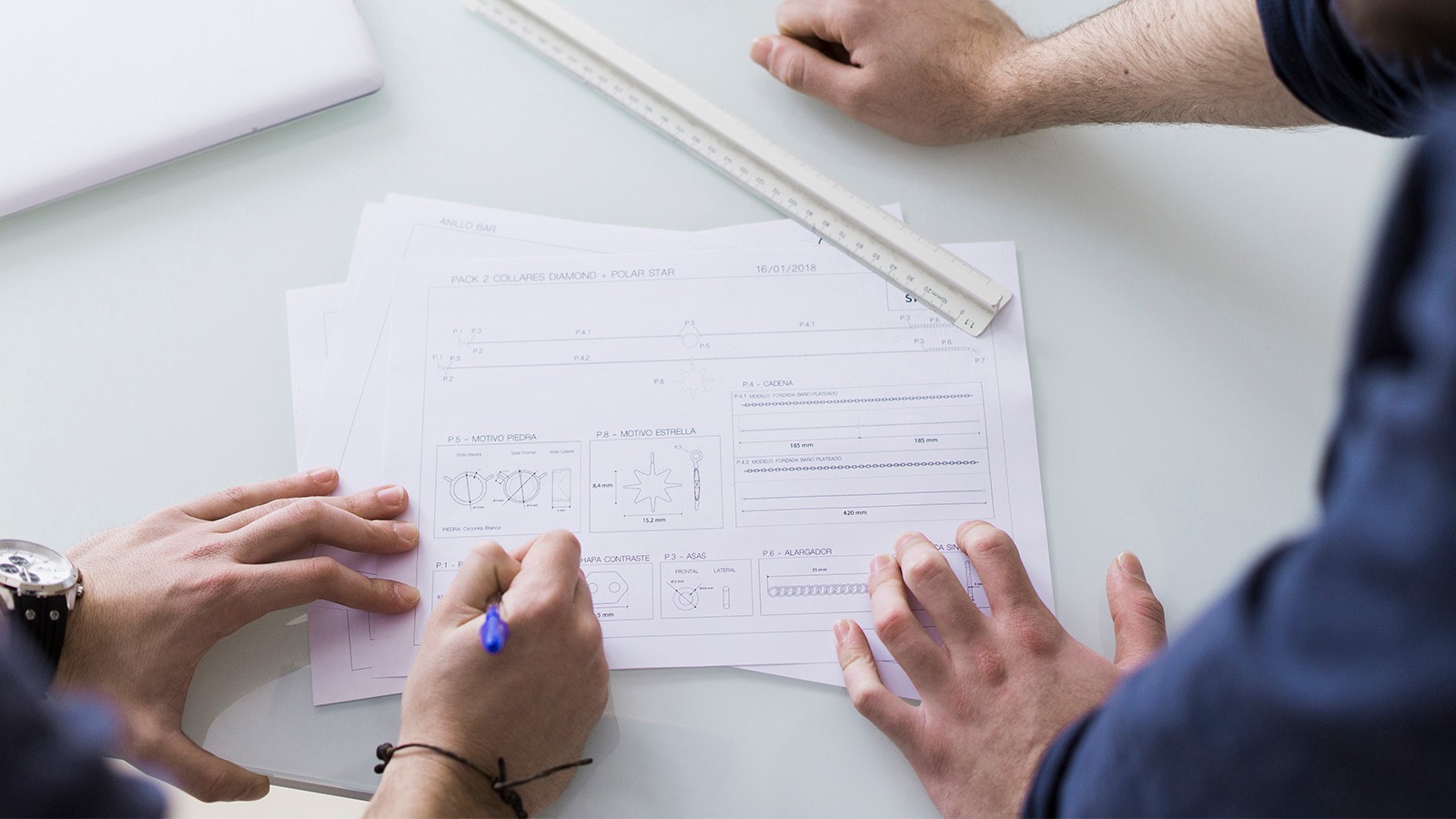
Comparison of AQL and 100% Inspection
Criteria | AQL | 100% Inspection |
Cost | Generally lower | Higher due to time and labor |
Time Efficiency | Faster inspection process | Slower, as every item is checked |
Defect Detection | May miss low-frequency defects | Catches every defect |
Best For | High-volume production | Safety-critical applications |
Customer Satisfaction | May vary when accepting defects | Higher due to total assurance |
Factors to Consider When Choosing Between AQL and 100% Inspection
1. Nature of the Product
Products that are safety-critical (like medical devices or automotive components) often warrant the rigor of 100% inspection. Conversely, products where minor defects are acceptable might be better suited for AQL.
2. Volume of Production
If you are producing large volumes, AQL is typically more efficient. For smaller batches, 100% inspection might be more feasible.
3. Cost Constraints
Consider your budget for quality control. If resources are limited, AQL can help strike a balance between quality and cost.
4. Regulatory Requirements
Some industries have strict regulations that may require certain levels of inspection. Be sure to consider compliance needs to avoid legal issues.
5. Customer Expectations
Understanding your customers' expectations is vital. If they expect flawless
When to Use AQL Inspection
AQL inspection is suitable when:
- Some minor defects are tolerable and do not impact functionality or customer satisfaction.
- Large quantities of products are manufactured.
- The cost of 100% inspection would outweigh the value of the product.
- Industries like apparel, consumer electronics, toys and general household goods.
Example:
For a fashion retailer sourcing 50,000 shirts from a supplier, it is impractical to inspect each shirt individually. AQL sampling allows them to ensure reasonable quality standards without delaying shipments or inflating inspection costs.
Read more: Learn how to read an AQL table
When to Use 100% Inspection
100% inspection is recommended when:
- Even a single defect could cause serious harm, recalls or legal consequences.
- High-value or high-risk products are involved.
- Strict industry regulations require it.
- Brand image depends on flawless quality.
Example:
For medical devices like surgical gloves or airplane engine parts, even one faulty piece could have disastrous consequences. Here, 100% inspection is mandatory despite the high cost.
Advantages and Disadvantages of AQL
Advantages:
- Cost-efficient: Fewer resources are needed compared to inspecting everything.
- Time-saving: Quick turnaround for large orders.
- Statistical Confidence: Balances speed with a reliable assessment of quality.
Disadvantages:
- Risk of Escaped Defects: Defective units not in the sample may go unnoticed.
- Sample Bias: If the random sample is not truly random, results can be misleading.
Also read: How to use the free AQL calculator from Testcoo

Advantages and Disadvantages of 100% Inspection
Advantages:
- Higher Assurance: Every item is checked for defects.
- Better for Critical Products: Reduces the risk of dangerous or expensive failures.
Disadvantages:
- High Cost: Labor, time and resources increase significantly.
- Human Error: Fatigue can lead to missed defects even in full inspections.
Can You Combine AQL and 100% Inspection?
Yes, in fact, many companies use a hybrid approach:
- AQL inspections for general quality assurance.
- 100% inspections for critical components or features within a product.
Example:
A smartwatch brand may use AQL for overall appearance but insist on 100% inspection for the touchscreen responsiveness.
Conclusion
Both AQL and 100% inspection have their place in a robust quality management strategy.
Choosing the right method depends on balancing risk, cost, product nature and customer expectations.
- If you need efficiency and scalability for large volumes with acceptable minor defects, AQL is your best choice.
- If you require absolute certainty and zero tolerance for defects, especially for critical products, 100% inspection is the way to go.
Partnering with an experienced third-party inspection company like Testcoo can make all the difference in your quality control process. With over a decade of expertise across multiple industries from apparel and consumer goods to electronics and industrial products, we understand the practical challenges businesses face when balancing quality, speed and cost.
At Testcoo, we have extensive experience in conducting AQL-based sampling inspections aligned with global standards like ISO 2859-1. Our team of trained inspectors ensures that your products meet the defined Acceptable Quality Limit (AQL) levels, helping you manage risk while maintaining efficiency. Whether you require general inspections or customized sampling plans, we adapt to your product type, market expectations and customer needs.
For businesses that demand zero-defect assurance, we also offer comprehensive 100% inspections. Our robust inspection processes, combined with careful planning and trained resources, ensure that every unit is individually checked for critical defects, ensuring maximum product integrity.
With a global footprint and localized teams in key sourcing hubs, Testcoo is well-equipped to guide you in choosing and implementing the best quality control strategy, whether that’s AQL sampling, 100% inspection or a hybrid approach tailored to your unique business model.
Partner with Testcoo, QC Anytime, QC Anywhere!
Want Us To Ensure Your Product Quality?
Free Sample Report Performance Quality Control
Download a sample report to keep control of your supply chain!
Featured Articles
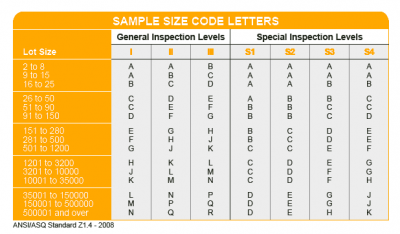 AQL Table | How to Read It
AQL Table | How to Read It TOP 10 Common Defects in Garments Quality Inspection
TOP 10 Common Defects in Garments Quality Inspection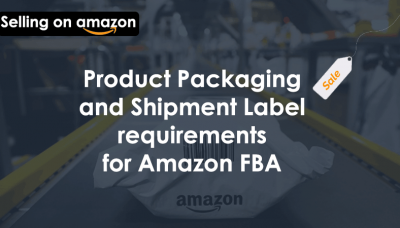 Product Packaging and Shipment Label requirements for Amazon FBA
Product Packaging and Shipment Label requirements for Amazon FBA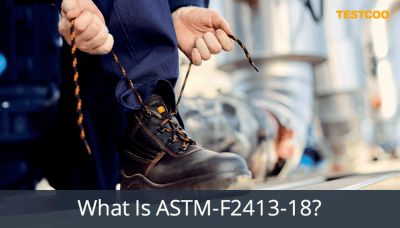 What Is ASTM-F2413-18? Protective Footwear Standard
What Is ASTM-F2413-18? Protective Footwear Standard How to Conduct Third-Party Quality Control Inspections for Electric Scooters
How to Conduct Third-Party Quality Control Inspections for Electric Scooters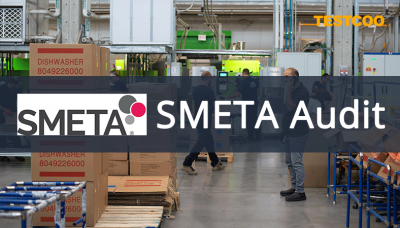 SMETA Audit-What is SMETA Audit?
SMETA Audit-What is SMETA Audit?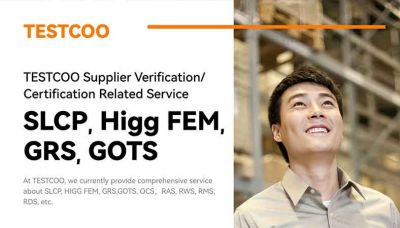 TESTCOO Supplier Verification/Certification Service SLCP, Higg FEM, GRS, GOTS
TESTCOO Supplier Verification/Certification Service SLCP, Higg FEM, GRS, GOTS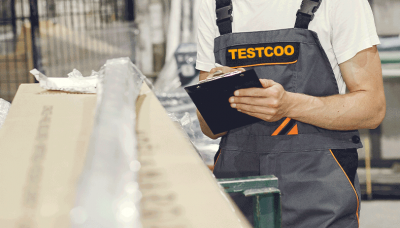 Quality Control Inspection Company in China
Quality Control Inspection Company in China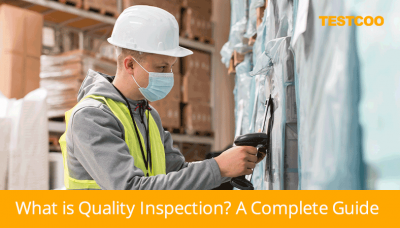 What is Quality Inspection? A Complete Guide
What is Quality Inspection? A Complete Guide Guidelines for Product Inspection in India
Guidelines for Product Inspection in India
Category
- Production Inspection Service
- Factory Audit
- Softline Inspection
- Hardline Inspection
- Electrics Inspection
- Certification
- Checklist
- Manufacturers
- Quality Assurance Basics
- Products Recall
- AQL
- Guidence and Standard
- News
- Supplier Management
- Amazon
- Protective Equipment
- e-commerce quality control
- Indian Manufacturing
- Soft Goods Quality Control
- Supply Chain Management
- Supply Chain Resilience
- E-Commerce Quality Control
- ISO 2859
- Supply Chain Optimization
- Garment Industry
- Higg Index

